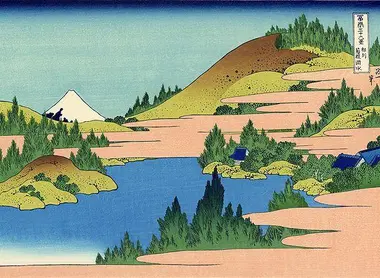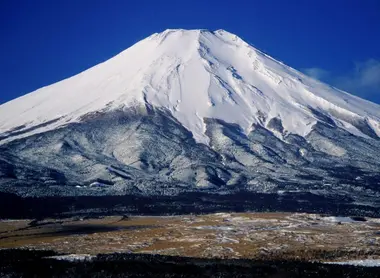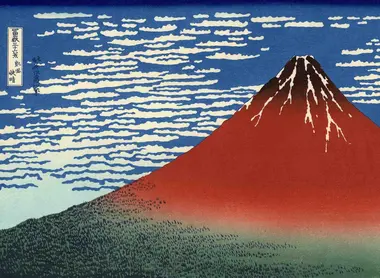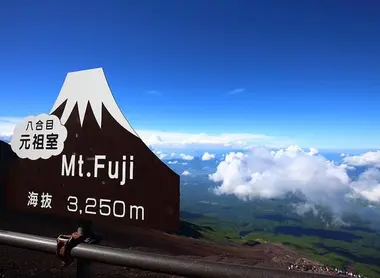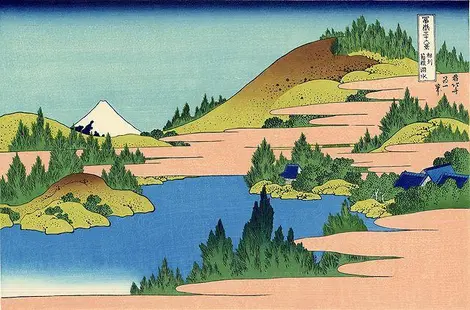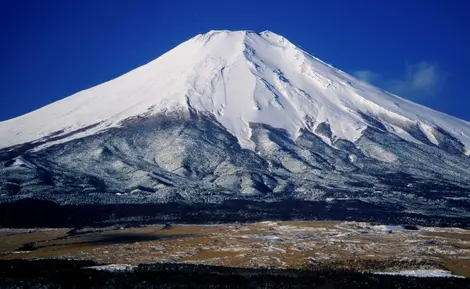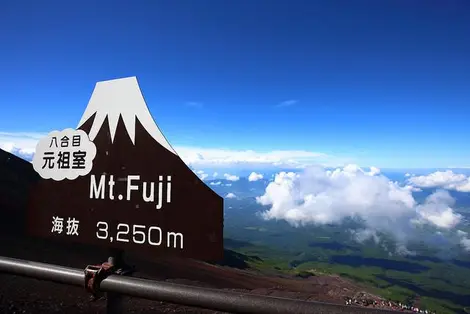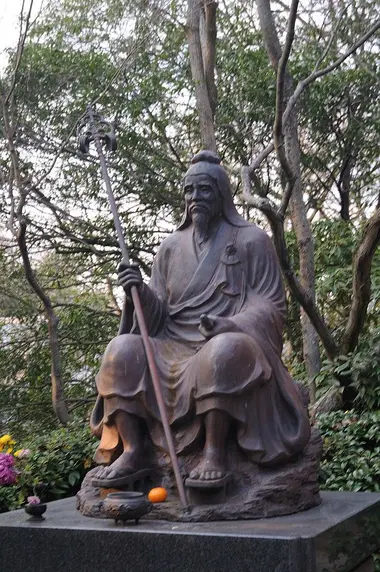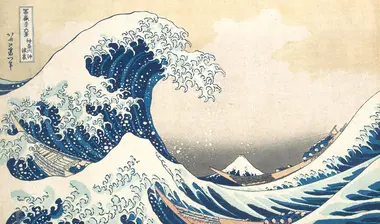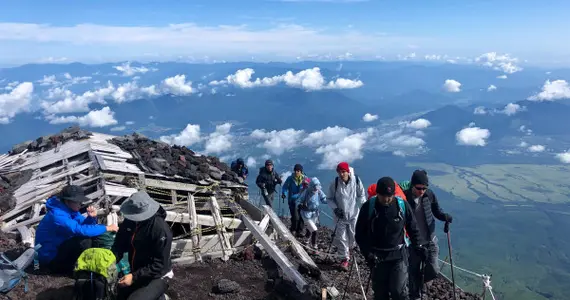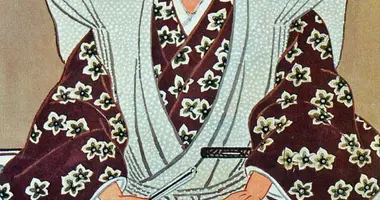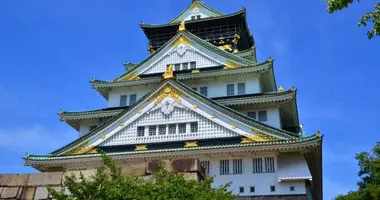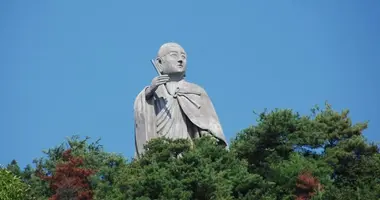Le mont Fuji dans l'histoire, la culture et l'art 歴史、文化、芸術に富士山の影響
- Publié le : 23/07/2022
- Par : S.R.
- Youtube
Une figure rayonnante
Le mont Fuji occupe une place particulière dans l'imaginaire japonais, autant pour la beauté singulière de ses pentes symétriques et de son cône enneigé que pour la très vieille activité religieuse qui s'y est développée.Cette importance s'est illustrée dans les nombreuses œuvres d'art qui, dès le XIXè siècle, avaient traversé la planète.
Un très vieil objet de culte
Le mont Fuji occupe une place de choix dans la religion au Japon depuis les temps antiques.La première ascension du mont Fuji aurait été ainsi, selon la légende, effectuée par En no Gyôja en 663, moine qui serait aussi le fondateur de la secte shugendô. Un temple dédié à la déesse ardente y fut construit en 806, ce qui alimente la théorie selon laquelle le nom Fuji viendrait du mot aïnou « fuchi », qui signifie feu. Durant la période Heian (794-1185), la Cour donna un rang honorifique à la montagne afin de l'apaiser, qui fut par ailleurs vénérée comme Shingen Ôkami.
Lire aussi : La notion de dieu en japonais
C'est durant cette même période que la montagne devint un centre d'apprentissage du Shugendô et que la pratique de l'ascension par les ascètes se développa, et s'ouvrit même aux profanes à partir de la période Muromachi (1333-1573). Cette ouverture aux Japonais du commun s'accentua durant la période d'Edo (1603-1868) avec la création de la secte Fuji-kô par Hasewaga Kakyugo, drainant vers la montagne sacrée des populations issues du Kantô. Une popularité qui aujourd'hui encore ne se dément pas.
Lire aussi : Yama no hi, jour de la montagne
L'ubiquité du mont Fuji
L'influence du mont Fuji dans les arts et les lettres nippones remonte elle aussi à loin. On retrouve ainsi dans le man'yôshû (-760) - la plus vieille compilation de poèmes japonais composés entre le IVè et leVIIIè siècle - des poèmes décrivant la montagne sacrée. Le mont Fuji est aussi évoqué dans d'autres écrits classiques comme le Ise Monogatari, composé au IXè siècle, ou bien le Taketorimonagatari (« Le conte du coupeur de bambou ») en date duXè siècle. À l'époque moderne, Natsume Sôseki ou Osamu Dazai emprunteront sa figure pour l'incorporer à leur œuvre.
C'est dans les arts graphiques, et notamment à travers l'estampe, que le mont Fuji exprime le mieux l'importance qu'il a dans l'imaginaire artistique japonais et qu'il a acquis une réputation internationale. Les œuvres les plus connues étant évidemment celle réalisées par Katsushika Hokusai (les trente-six vues du mont Fuji, où on retrouve par exemple la Grande Vague de Kanagawa) ou les cinq-trois stations du Tôkaidô d'Utagawa Hiroshige. Un grand nombre d'estampes plus mineures ont aussi pris le mont Fuji comme sujet, multipliant encore son statut de figure d'art.
Lire aussi : Ukiyo-e, l'art de l'estampe japonaise
Pour aller plus loin :
- Quand faire l'ascension ?
- 7 anecdotes sur le mont Fuji
- Budget à prévoir pour l'ascension
- Cinq onsen avec vue sur le mont Fuji
- Trois grottes méconnues au pied du mont Fuji
- Fujiyoshida
- Le mont Fuji en chiffres
- Ascension du mont Fuji, règles de bonne conduite
- Reportage : l'ascension du mont Fuji
- Itinéraires d'ascension du mont Fuji
